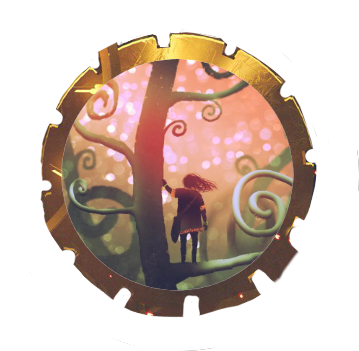equinoxes

As human beings, we are a part of Nature’s cycles. When we do rituals, they are to align ourselves consciously with those cycles, and use their power to accelerate our intentions.
The equinoxes are two specific points in the Earth’s orbit around the Sun where the duration of day and night is approximately equal. They are a part of the cycles of life, mark the transition between seasons and have special significance in various cultures and traditions. There are two equinoxes each year:
- Spring Equinox (Vernal Equinox):
- Occurs around March 20th or 21st in the Northern Hemisphere.
- In the Southern Hemisphere, it occurs around September 22nd or 23rd.
- Principle: The Spring Equinox marks the beginning of spring in the Northern Hemisphere and the start of autumn in the Southern Hemisphere. It represents a moment when the tilt of the Earth’s axis is such that the Sun crosses the celestial equator from south to north. Day and night are approximately of equal length during this time.
- Symbolism: The Spring Equinox is associated with themes of renewal, rebirth, and growth. It’s a time when nature awakens from its winter slumber, and new life begins to emerge. In various cultures, it’s celebrated with festivals and rituals that honor the return of warmth and light.
- Autumn Equinox (Fall Equinox):
- Occurs around September 22nd or 23rd in the Northern Hemisphere.
- In the Southern Hemisphere, it occurs around March 20th or 21st.
- Principle: The Autumn Equinox marks the beginning of autumn in the Northern Hemisphere and the start of spring in the Southern Hemisphere. Similar to the Spring Equinox, it’s the moment when the Sun crosses the celestial equator, this time from north to south. Again, day and night are roughly of equal length.
- Symbolism: The Autumn Equinox represents a time of balance and transition. It’s often associated with harvesting the fruits of the earth and preparing for the coming winter. In various traditions, it’s a time for giving thanks for the bounty of the harvest and for letting go of what is no longer needed, symbolizing the shedding of the old to make way for the new.
Both equinoxes are seen as moments of balance and harmony in the natural world. They hold significance in many cultures and spiritual practices as times of reflection, gratitude, and the celebration of the cycles of life. Additionally, they are important markers for various agricultural and seasonal activities, such as planting and harvesting crops. These equinoxes serve as reminders of our connection to the Earth’s cycles and the importance of living in harmony with nature.

